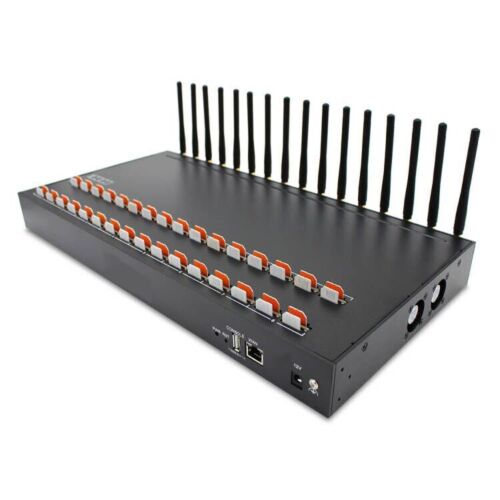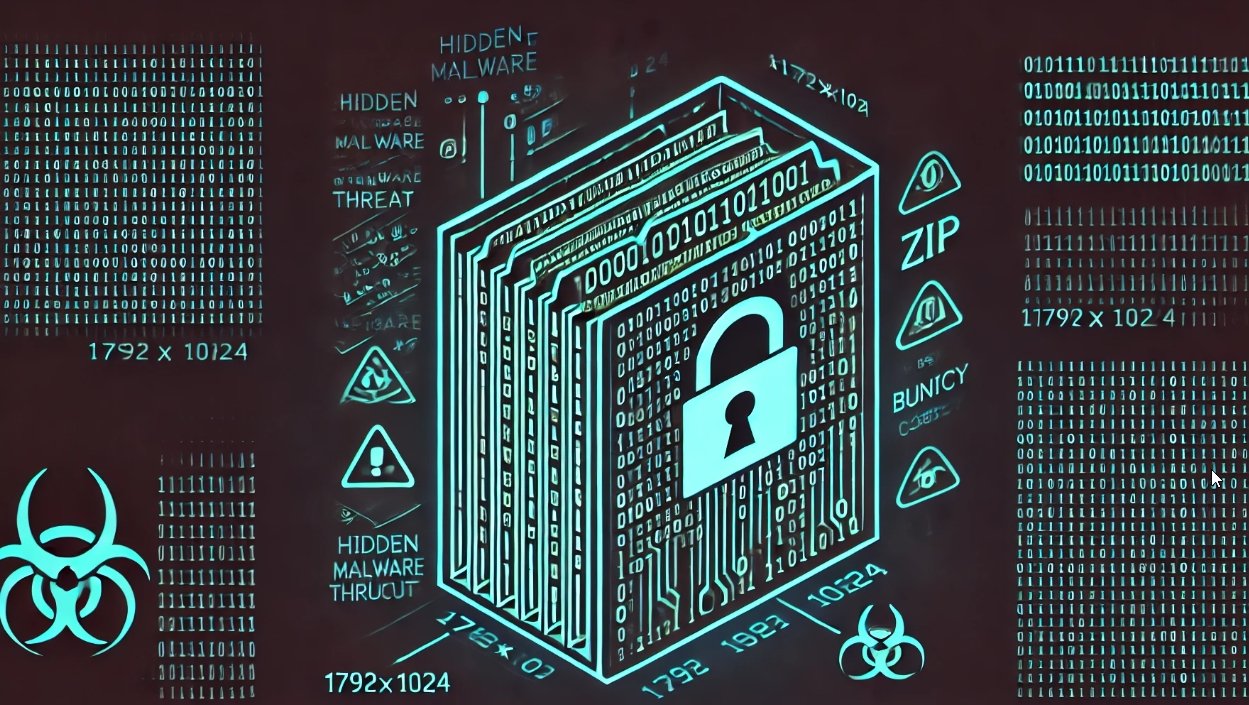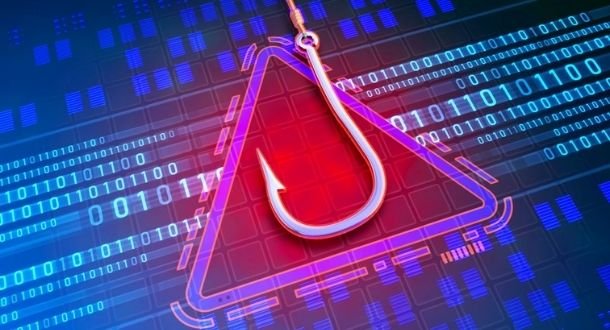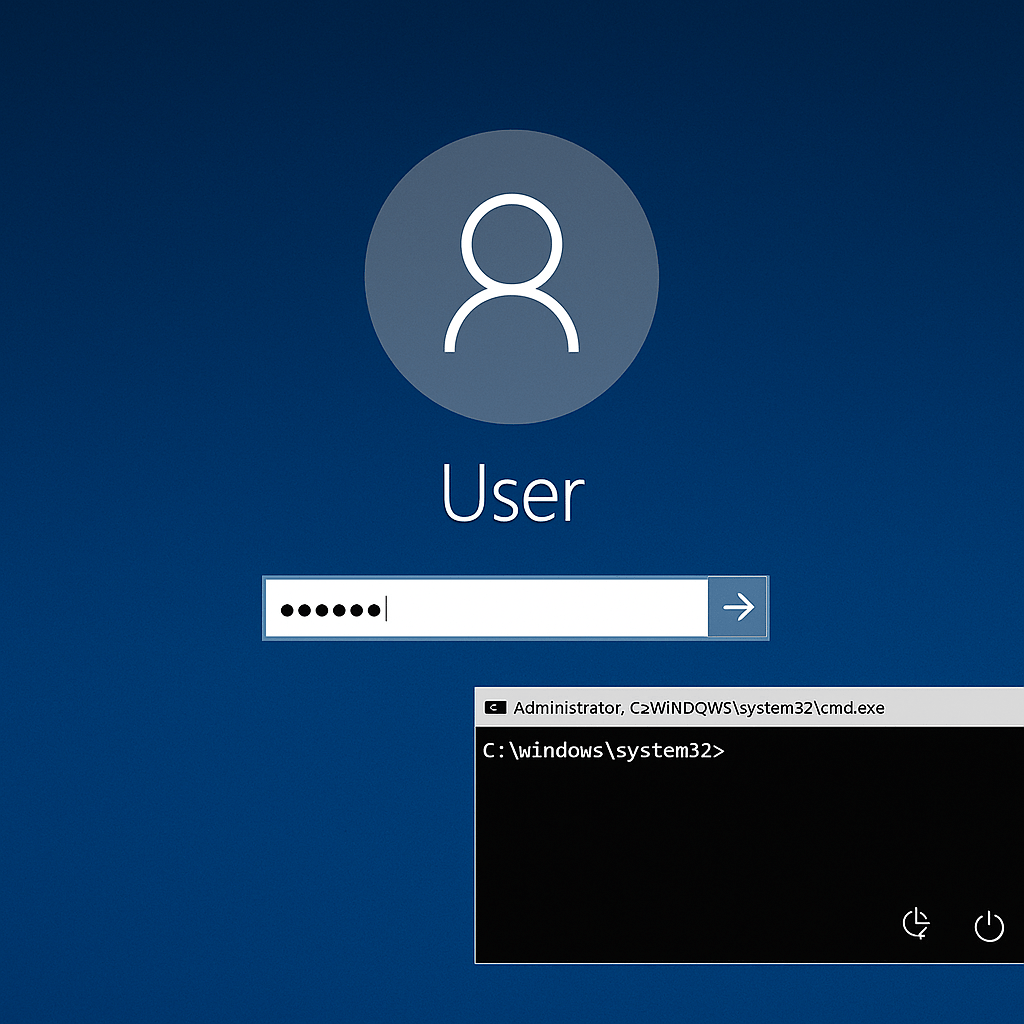The LDAPNightmare Proof-of-Concept (PoC) exploit, leveraging the critical vulnerability CVE-2024-49113, has brought to light serious weaknesses in Windows Server environments. This vulnerability targets the Local Security Authority Subsystem Service (LSASS), causing domain controllers to crash and reboot, thereby disrupting essential Active Directory (AD) operations. For the cybersecurity community, understanding the technical depth and mitigation strategies surrounding this exploit is vital to safeguarding enterprise systems.
Technical Summary of CVE-2024-49113
The LDAPNightmare vulnerability exploits a flaw in Connectionless Lightweight Directory Access Protocol (CLDAP) responses processed by LSASS. CLDAP, a UDP-based implementation of LDAP, is frequently used for lightweight directory queries in Active Directory environments. Attackers can send maliciously crafted CLDAP packets that overwhelm the LSASS process, resulting in a denial-of-service (DoS) condition.
Why This Matters:
- LSASS is a critical system process responsible for enforcing security policies, validating user credentials, and handling directory service operations.
- The exploit does not require authentication, making it a high-risk vulnerability for organizations with publicly exposed or misconfigured domain controllers.
Detailed Exploit Workflow
The LDAPNightmare exploit operates in the following sequence:
- Discovery of Target System:
- The attacker identifies a Windows domain controller with an open CLDAP service, often through network scanning or reconnaissance tools.
- Crafting Malicious CLDAP Packets:
- The attacker creates custom CLDAP packets designed to exploit the parsing vulnerability in LSASS. These packets contain invalid or oversized data that LSASS cannot handle properly.
- Delivery of Malicious Payload:
- The crafted CLDAP packets are sent to the target system over UDP.
- Since CLDAP operates on UDP and does not establish a connection, there is no handshake, making it difficult to block these packets at the network level without advanced filtering.
- Exploitation of LSASS:
- Upon receiving the malicious packets, LSASS attempts to process the invalid CLDAP response.
- The flaw in the CLDAP handling code causes LSASS to crash, triggering a Windows system reboot to recover the service.
- Resultant Impact:
- The crash disrupts all Active Directory services running on the domain controller, including authentication, authorization, and directory queries.
- Depending on the environment, this can lead to cascading failures across the network.
Implications for Enterprise Security
- Enterprise-Scale Disruption:
- Domain controllers are the backbone of enterprise networks, managing critical services such as authentication and policy enforcement. Disruption to these services can paralyze business operations.
- Accessibility to Attackers:
- The PoC exploit requires no authentication, significantly lowering the barrier for exploitation. This increases the risk for organizations with publicly accessible domain controllers or insufficient network segmentation.
- Risk of Amplified Attacks:
- While the exploit currently focuses on DoS attacks, researchers warn that similar vulnerabilities could be used for more advanced attacks, such as data exfiltration or privilege escalation.
Mitigation Strategies
- Immediate Actions:
- Apply Security Patches: Microsoft has released patches for CVE-2024-49113. Organizations should prioritize patching all affected systems, particularly domain controllers and servers running Windows Server.
- Disable CLDAP: If not essential, disable CLDAP on domain controllers to eliminate this attack vector.
- Network-Level Defenses:
- Filter CLDAP Traffic: Use firewalls or intrusion prevention systems (IPS) to monitor and block abnormal CLDAP traffic. Implement deep packet inspection to identify malformed packets.
- Restrict Domain Controller Access: Limit access to domain controllers to trusted networks using strict access control lists (ACLs) and network segmentation.
- Enhanced Monitoring:
- Deploy security information and event management (SIEM) tools to detect LSASS crashes and unusual CLDAP traffic.
- Regularly review system logs for indicators of compromise (IoC), such as repeated LSASS restarts or unexpected network activity.
- Long-Term Measures:
- Zero Trust Architecture: Implement a zero trust model to ensure that access to domain controllers is tightly controlled and continuously verified.
- Security Training: Educate IT and security teams on identifying and responding to emerging threats like LDAPNightmare.
Key Insights for the Cybersecurity Community
- LSASS and CLDAP Vulnerabilities:
- This exploit highlights the critical role of LSASS and CLDAP in enterprise security. Protecting these components requires a comprehensive approach, including patch management, traffic monitoring, and access restrictions.
- The Danger of UDP-Based Attacks:
- UDP services like CLDAP lack built-in connection verification, making them particularly vulnerable to exploitation. This underscores the need for advanced filtering and monitoring mechanisms.
- Future Threat Landscape:
- The simplicity of this exploit’s methodology suggests that similar vulnerabilities could be discovered and weaponized. Proactive vulnerability assessments and penetration testing are essential to staying ahead of attackers.
The LDAPNightmare exploit (CVE-2024-49113) serves as a stark reminder of the importance of proactive cybersecurity practices. With its ability to crash domain controllers and disrupt critical services, this vulnerability underscores the need for robust defenses and rapid response capabilities. Organizations must adopt a multi-layered security approach, combining immediate patching, traffic filtering, and long-term architectural improvements to mitigate risks effectively.
As the cybersecurity landscape evolves, the community must remain vigilant in identifying and addressing vulnerabilities that threaten the foundational systems of enterprise networks. By taking decisive action, organizations can reduce their exposure and maintain resilience against sophisticated attacks.

Information security specialist, currently working as risk infrastructure specialist & investigator.
15 years of experience in risk and control process, security audit support, business continuity design and support, workgroup management and information security standards.










